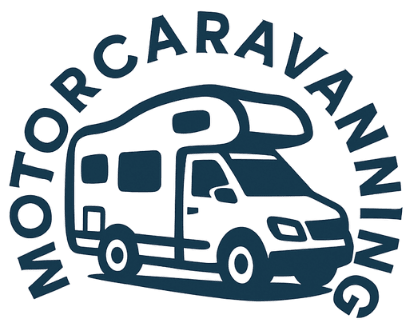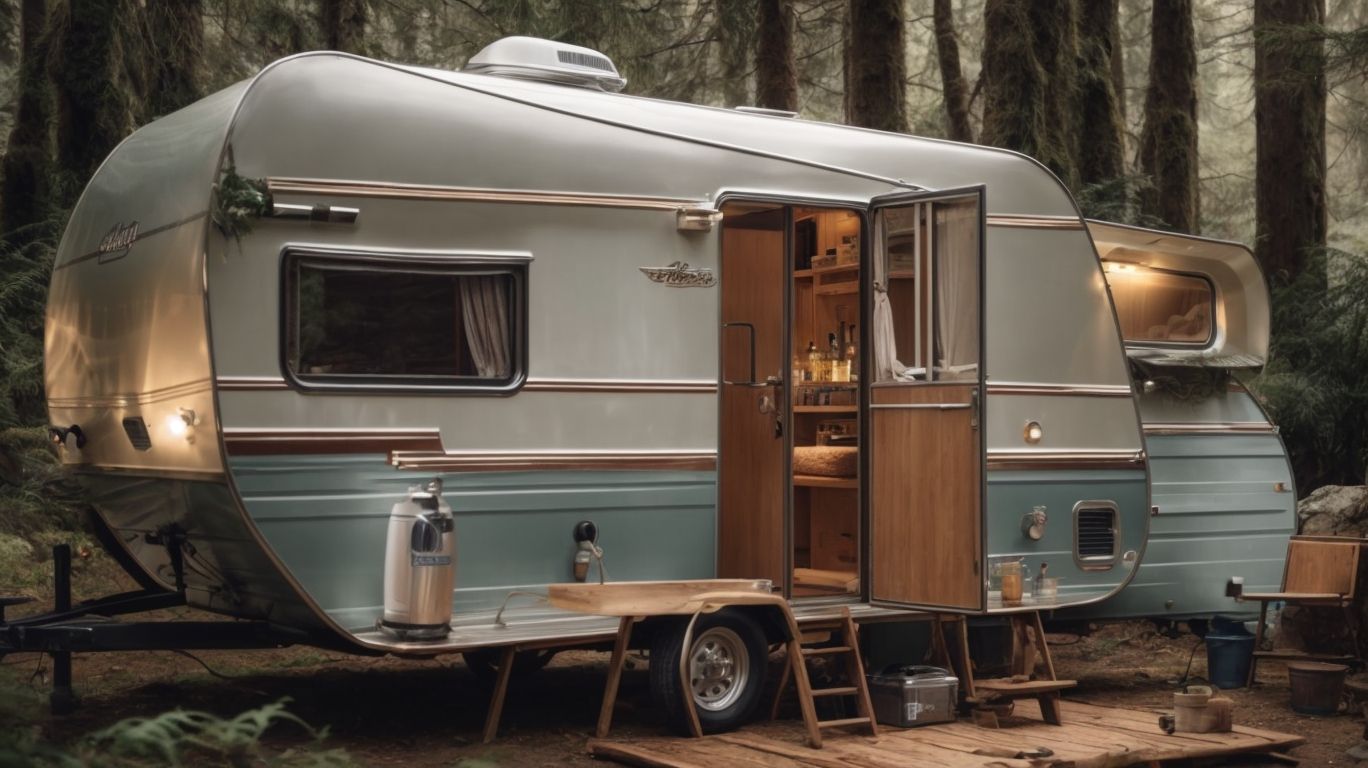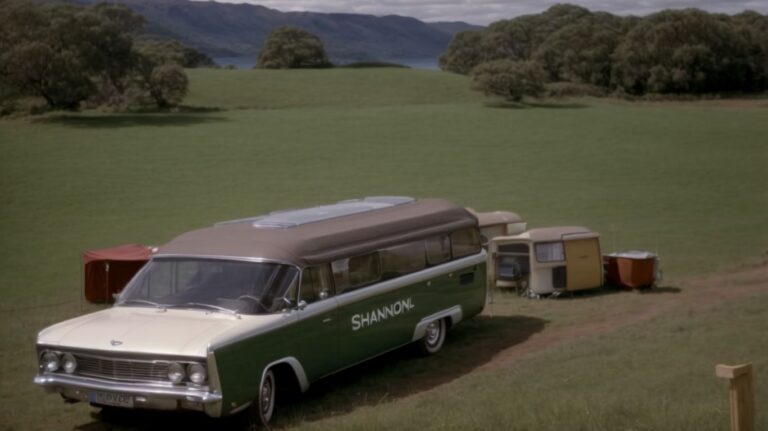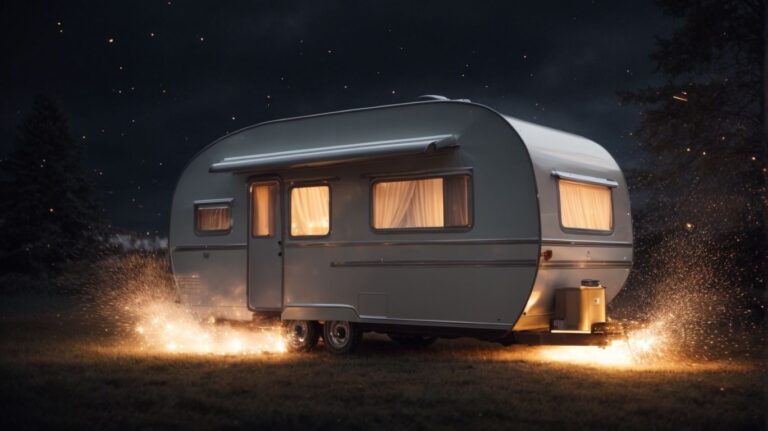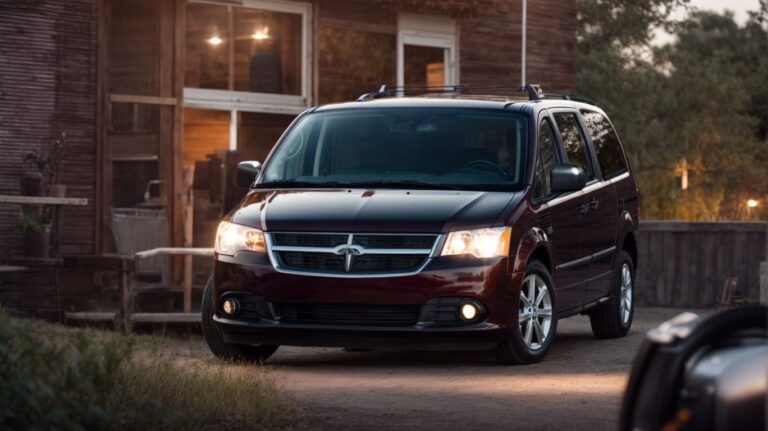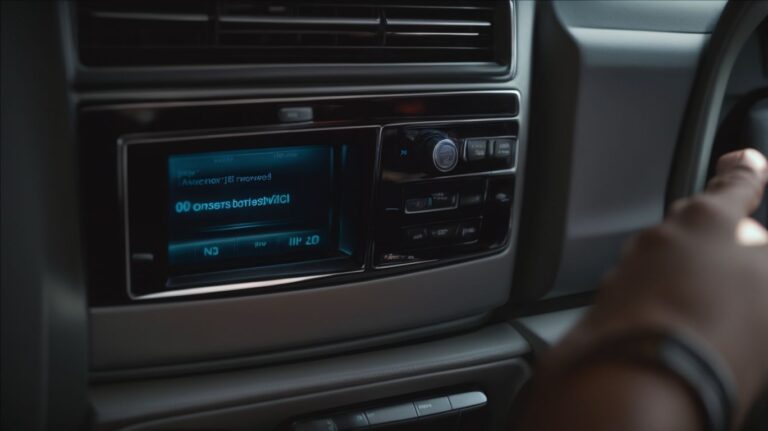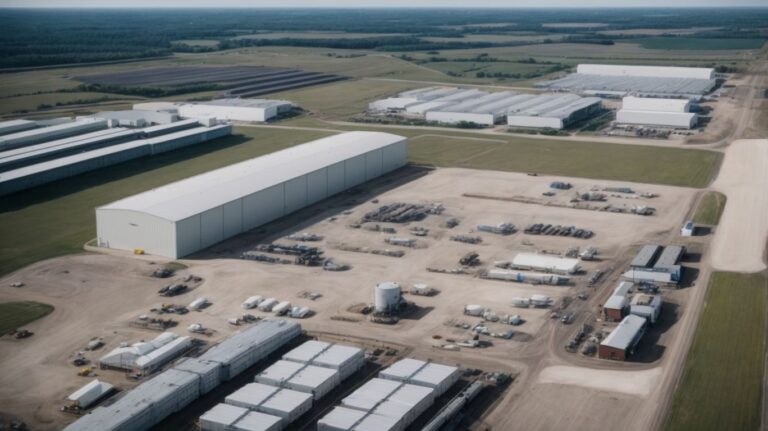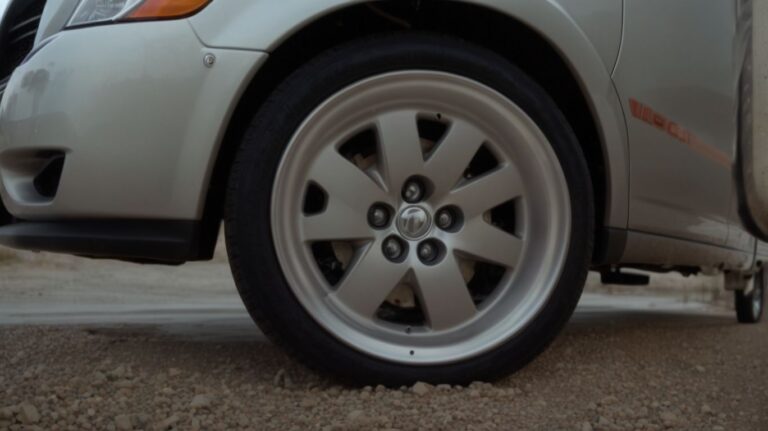Demystifying MRO (Mass in Running Order) for Caravans
Are you a caravan owner looking to understand the concept of MRO (Mass in Running Order) and its significance?
We explore why MRO is crucial for caravans, how it is calculated, the factors that influence MRO, and the difference between MRO and MTPLM.
Delve into the consequences of overloading your caravan, the legal implications, safety risks, and ways to reduce MRO.
Discover alternative measurements to MRO and how to find the MRO of your caravan.
Key Takeaways:
What Is MRO (Mass in Running Order)?
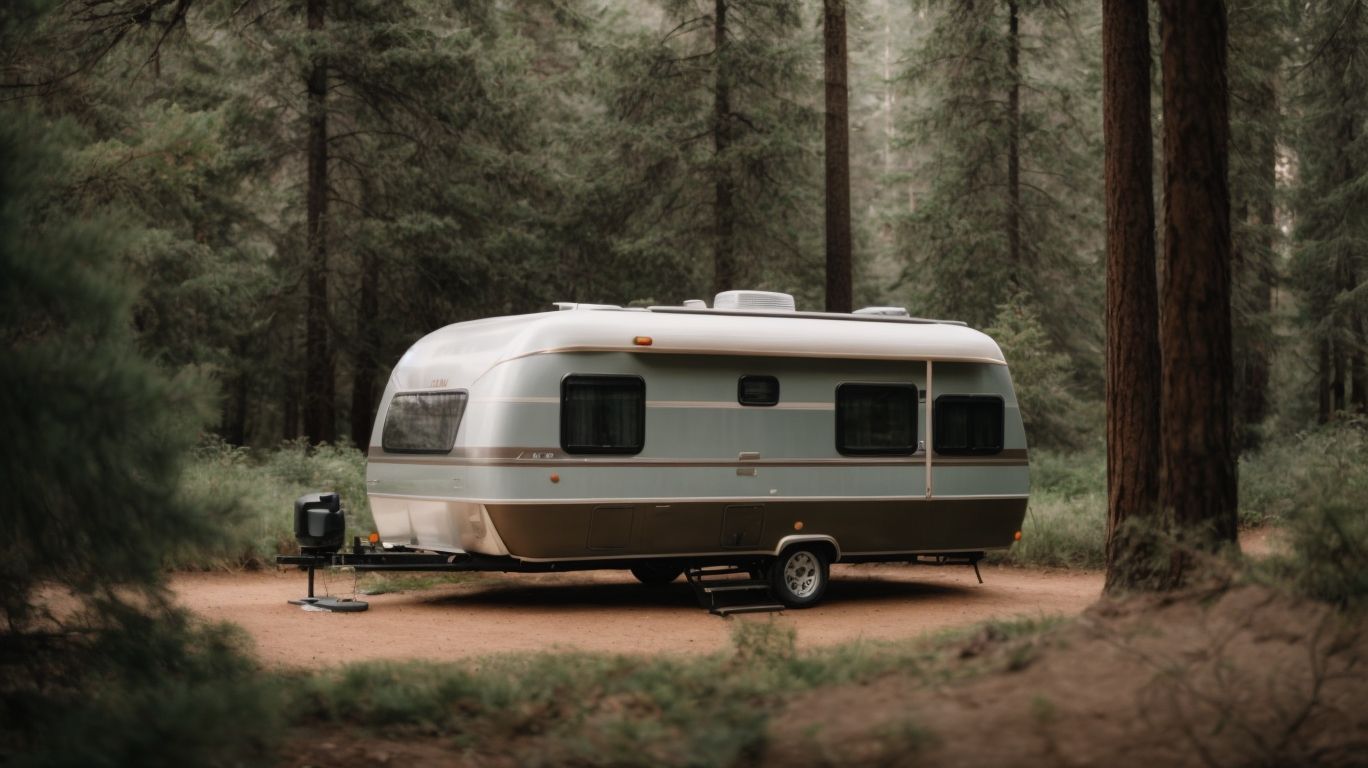
Credits: Motorcaravanning.Com – Bryan Thompson
MRO (Mass in Running Order) refers to the weight of a caravan when it is ready for the road, including essential equipment and fluids.
Motion Activated RV Step Lights, 10 LED Battery Operated Motorhome Motion Sensor led Light Strip, Magnetic Night Light Bar for Motorhome Travel,Travel Trailers, Camper (2 Pack)
- 【Infrared Induction Motion Detection】Motion sensor light on the PIR sensor can detect human movement, 10 feet once your approach is detected, the rv step lights will automatically turn on in the dark, in the absence of detected motion or other light sources, 18 seconds after the automatic shutdown, a large degree of power savings and improved durability.
Camco TST MAX RV Toilet Treatment Drop-INs - Control Unwanted Odors & Break Down Waste and Tissue - Safe Septic Tank Treatment - Orange Scent, 30-Pack (41183)
- Toilet Deodorizer With Reactive Odor-Eliminating Technology: Experience a powerful RV odor eliminator that stops RV black tank odors for up to 7 days. Just (1) toilet drop in treats camper toilets with up to a 40-gallon tank.
THANSTAR Collapsible Dish Drying Rack Portable Dinnerware Drainer Organizer for Kitchen RV Campers Travel Trailer Space Saving Kitchen Storage Tray
- 【Food Grade Material】Made from eco-friendly PP+TPR material that is BPA Free and Food-Grade. The flexible material allows the dish strainers for kitchen counter to collapse flat for easy space-saving and storage, making the most of your kitchen countertop.
Camco RhinoFLEX 20-Ft RV Sewer Hose Kit - Features Clear Elbow Fitting w/Removable 4-in-1 Adapter - Connects to 3” Slip or 3”/3.5”/4” NPT Threaded Sewer Connection (39742)
- Superior RV Tank Dumping: Streamline RV holding tank dumping with Camco’s RhinoFLEX 20' Camper Sewer Hose Kit. Built tough & flexible, this all-inclusive RV septic hose system provides simple & effective tank dumping on your camping adventures.
Camco Tastepure RV Water Filter - New & Advanced RV Inline Water Filter with Flexible Hose Protector - GAC & KDF Water Filter - Made in USA - Camping Essentials for Fresh Drinking Water (40043)
- Advanced 6-Step Filtration Technology: Experience the extraordinary power of Hex-Flow Technology & its remarkable 6-step filtration process. Every layer works together to provide you with water that is exceptionally clean.





Understanding the concept of MRO is crucial for caravan owners as it serves as the baseline weight that factors in all necessary components required for safe towing. By considering MRO, individuals can accurately assess the total load capacity of their caravan, ensuring that it remains within safe operational limits.
Caravanning enthusiasts prioritize knowledge of their MiRO to prevent overloading, which can lead to instability on the road. By adhering to the recommended MRO, caravan owners can enhance driving safety, minimize wear and tear on the vehicle, and maintain optimal fuel efficiency during trips.
Why Is MRO Important for Caravans?
Understanding the importance of MRO for caravans is crucial for maintaining safety on the road and ensuring optimal towing performance.
MRO stands for Mass in Running Order, which refers to the weight of the caravan as it leaves the factory without any additional load. This figure is vital as it helps owners determine the safe towing limits based on their vehicle’s towing capacity.
By knowing the MRO, caravan owners can better distribute weight inside the caravan, ensuring stability on the road and reducing the risk of swaying or uncontrolled movements. Proper weight distribution plays a significant role in the overall roadworthiness of the caravan, affecting handling, braking, and fuel efficiency.
How Is MRO Calculated?
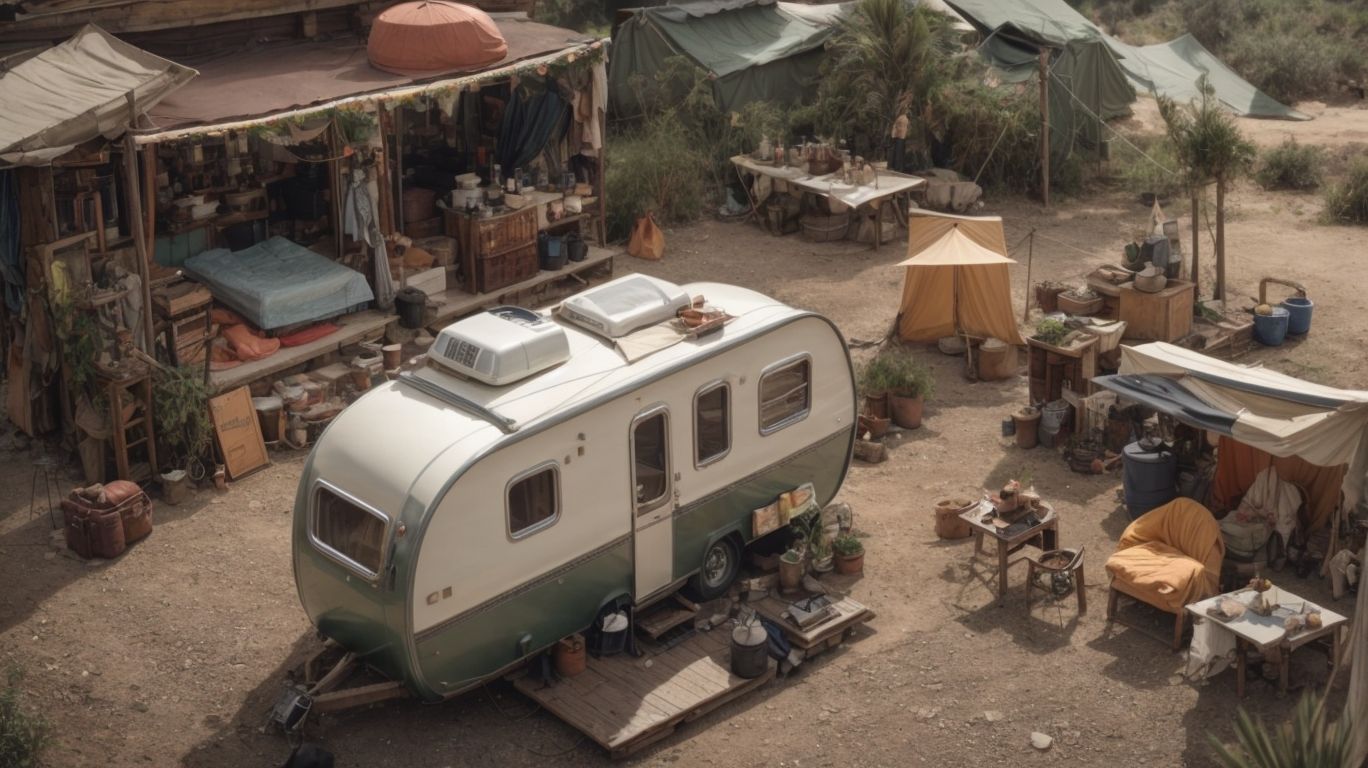
Credits: Motorcaravanning.Com – Anthony Wilson
The calculation of MRO involves adding the base weight of the caravan to the weight of essential items like fluids, gas, and other necessary equipment.
When determining the Mass in Running Order (MiRO), it’s crucial to account for the weight distribution across different axle loads to ensure safe towing. This means factoring in not just the overall MiRO but also the Gross Vehicle Weight (GVW). Consider any specific weights associated with optional extras or modifications to the caravan, as these can impact both the MiRO and the overall performance when on the road.





What Are the Factors That Affect MRO?
Several factors can influence the MRO of a caravan, including the type and amount of equipment onboard, as well as the distribution of weight and the accuracy of measurements using a noseweight gauge.
In terms of MRO, it’s crucial to consider the various equipment types installed in the caravan. Different appliances, furnishings, and personal items can significantly impact the overall weight. The distribution of this weight plays a key role in how the caravan handles on the road. Uneven weight distribution can lead to instability and affect the towing vehicle’s performance.
One essential tool in achieving optimal MRO is the noseweight gauge. This device helps in accurately measuring the vertical load exerted on the tow ball by the caravan’s hitch. Precise measurements ensure that the weight is distributed correctly, enhancing safety and control while towing.
What Is the Difference Between MRO and MTPLM?
The key difference between MRO and MTPLM lies in the fact that MRO represents the caravan’s weight in running order, while MTPLM refers to the maximum weight the caravan can legally reach when fully loaded.
Understanding the distinction between these two terms is crucial for caravan owners to comprehend the baseline weight and the maximum permissible weight of their vehicles. The MRO, also known as Mass in Running Order, includes the weight of the caravan as it leaves the factory, comprising essential equipment like fluids and gas. On the other hand, MTPLM, or Maximum Technically Permissible Laden Mass, signifies the heaviest weight allowed for the caravan, encompassing the MiRO plus the payload. The payload refers to the additional weight that can be safely added to the caravan without exceeding the MTPLM.
What Are the Consequences of Overloading Your Caravan?
Overloading your caravan can have serious consequences, including compromised safety, increased wear on the vehicle, and potential legal ramifications due to exceeding the Gross Vehicle Weight (GVW) limit.
When a caravan is overloaded, it puts excessive strain on the tires, suspension, and brakes, increasing the risk of breakdowns and accidents.
This not only endangers the occupants of the caravan but also other road users. The additional weight can lead to poor handling, longer braking distances, and an increased chance of sway while driving.
Surpassing the GVW limit can result in fines, penalties, and even invalidation of insurance coverage in case of an accident.
It is crucial to carefully calculate and distribute the weight in your caravan to ensure a safe and legal journey.





What Are the Legal Implications?
Exceeding the legal weight limits of a caravan can result in fines, points on your license, vehicle impoundment, and penalties from authorities such as the DVLA (Driver and Vehicle Licensing Agency).
When a caravan surpasses its Gross Vehicle Weight (GVW) threshold, it not only poses a safety risk but also puts the driver at legal jeopardy. The fines for breaching weight limits can range from hefty penalties to potential license suspension, impacting one’s driving privileges significantly.
If caught with an overloaded caravan, authorities like DVLA may impound the vehicle, leading to further financial liabilities and inconvenience for the owner. The enforcement actions taken by DVLA and other agencies are stringent, aiming to uphold road safety standards and ensure compliance with legal weight restrictions.
What Are the Safety Risks?
Overloading a caravan poses safety risks such as decreased stability, longer braking distances, and the potential for a nose-down angle that affects handling and road safety.
Exceeding the recommended weight limits of a caravan can significantly compromise its ability to remain stable on the road, especially during cornering or sudden maneuvers. This increased weight can also lead to a nose-down angle, shifting more weight to the front axle and reducing traction on the rear wheels, impacting the overall handling of the vehicle.
Overloading a caravan can negatively impact braking performance, as the excess weight adds strain to the braking system, resulting in longer stopping distances. This diminished braking capability could prove disastrous in emergency situations, increasing the likelihood of accidents.
How Can You Reduce MRO?
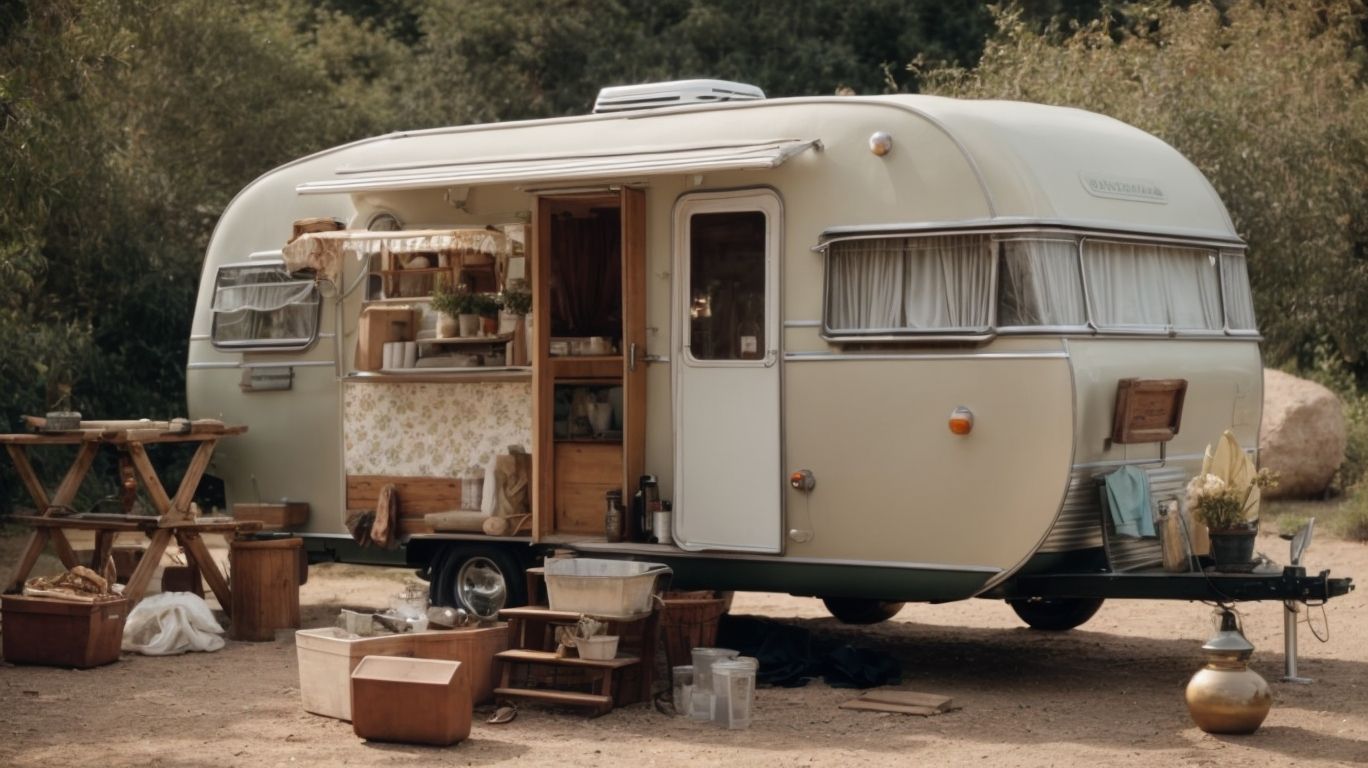
Credits: Motorcaravanning.Com – Peter Rodriguez
Reducing MRO involves optimizing the items carried in the caravan, using lightweight materials, and considering upgrades to enhance efficiency and reduce overall weight.





One effective strategy to decrease MRO in a caravan is reassessing the necessity of each item carried. By eliminating unnecessary items or finding lighter alternatives, you can significantly trim down the overall weight. Item optimization is crucial in maintaining a manageable payload while ensuring that essential supplies are still on board.
Plus scrutinizing the items, the choice of materials plays a vital role. Utilizing lightweight construction materials can make a substantial difference in reducing the caravan’s weight. Opt for modern composite materials, aluminum, or other lightweight options to enhance the vehicle’s efficiency without compromising durability.
Exploring potential upgrades such as aerodynamic enhancements or advanced suspension systems can further contribute to lowering the overall weight. These upgrades not only reduce drag but also enhance the caravan’s performance, making it easier to tow and improving fuel efficiency.
Pack Lighter
One effective way to reduce MRO is to pack lighter by prioritizing essential items and avoiding unnecessary weight, ensuring a more efficient and safer towing experience.
By focusing on essentials when packing for your caravan trip, you not only make towing easier but also contribute to better fuel efficiency and overall vehicle performance. Reducing weight can enhance your caravan’s handling, making it more stable on the road and lowering the risk of accidents. A lighter load means less strain on your vehicle’s components, potentially extending their lifespan and reducing maintenance costs over time. It’s crucial to strike a balance between packing what you need and keeping your payload within recommended limits to optimize your caravan’s performance and safety.
Use Lightweight Materials
Choosing lightweight construction materials for your caravan can significantly reduce MRO, improving fuel efficiency and handling performance during towing.
One of the key benefits of opting for lightweight materials in caravan construction is their positive impact on fuel efficiency. By reducing the overall weight of the caravan, less energy is required to propel it forward, resulting in lower fuel consumption.
The use of lightweight materials enhances the towing dynamics of the caravan. This means better stability and control when towing, especially in challenging terrains or adverse weather conditions.
The overall performance of the caravan is boosted by utilizing lightweight construction materials. With reduced weight, the caravan experiences less wear and tear, leading to lower maintenance costs over time, contributing to a smoother and more economical ownership experience.
Consider Upgrading Your Caravan
Upgrading your caravan with modern, lightweight components and features can enhance efficiency, reduce MRO, and provide a more enjoyable towing experience.





By integrating advanced materials such as carbon fiber and aluminum alloys, not only does the caravan shed unnecessary weight, but it also becomes more resilient to the rigors of the road. This reduction in weight enables a boost in payload capacity, allowing for the addition of more amenities or supplies without compromising safety.
Modern upgrades like innovative suspension systems and aerodynamic designs enhance the caravan’s stability, making maneuvers smoother and offering a more controlled towing experience, especially during challenging weather conditions.
What Are the Alternatives to MRO?
Plus MRO, other weight metrics such as payload allowance, Gross Vehicle Weight (GVW), and Maximum Technically Permissible Laden Mass (MTPLM) offer alternative ways to assess the load capacity and towing limits of a caravan.
Understanding these various weight measurements is crucial to ensure that a caravan is not overloaded, which can lead to safety hazards and potential legal implications.
- Payload allowance refers to the maximum weight that can be safely added to a caravan, including passengers, luggage, and equipment. Exceeding this limit can affect the caravan’s stability and braking performance.
- GVW, or Gross Vehicle Weight, represents the total weight of the caravan, including its own mass plus the payload. It is essential to stay within this limit to prevent strain on the caravan’s components.
- MTPLM, or Maximum Technically Permissible Laden Mass, is the maximum weight at which the manufacturer has certified that the caravan can be safely operated. This weight includes the caravan’s own weight, the payload, fluids, and accessories. Exceeding the MTPLM can lead to structural damage and void warranties.
By considering these weight metrics alongside MRO, caravan owners can effectively manage their loads and ensure safe and compliant towing practices.
Payload Allowance
Payload allowance represents the maximum additional weight a caravan can carry beyond its base weight, providing flexibility for loading essentials without exceeding safe limits.
This allowance includes items such as camping gear, food supplies, water tanks, and personal belongings while on the road. It plays a crucial role in ensuring that the caravan remains stable, balanced, and safe during travel. By adhering to the specified payload allowance, caravan owners can prevent overloading, which can lead to mechanical strain, reduced fuel efficiency, and potential safety hazards.
Gross Vehicle Weight
Gross Vehicle Weight (GVW) represents the total weight of a caravan, including its load and passengers, with a direct impact on the vehicle’s handling, braking, and roadworthiness.
Ensuring that the GVW stays within the manufacturer’s specified limits is crucial for maintaining optimal performance and safety on the road. Exceeding the recommended GVW can lead to issues such as compromised steering control, decreased braking efficiency, and increased strain on the vehicle’s suspension.
Surpassing the designated GVW can also have legal consequences as it might invalidate insurance coverage and make the caravan illegal for road use. Therefore, adhering to the prescribed GVW not only ensures a smoother driving experience but also guarantees compliance with regulations, enhancing overall road safety.





Maximum Technically Permissible Laden Mass (MTPLM)
The Maximum Technically Permissible Laden Mass (MTPLM) sets the legal limit for the total weight a caravan can reach when fully loaded, ensuring compliance with safety regulations and optimal towing performance.
Exceeding the MTPLM can not only lead to costly fines but also compromise road safety for the caravan and other vehicles. Carrying a weight beyond the specified limit puts excessive strain on the towing vehicle’s engine, brakes, and suspension system, leading to increased wear and potential mechanical failures.
By respecting the MTPLM, caravan owners can ensure a smoother and safer towing experience, reducing the risk of accidents and breakdowns on the road. Manufacturers design these weight limits based on the caravan’s structural integrity, ensuring that it can withstand the stresses of travel without compromising safety.
How Can You Find the MRO of Your Caravan?
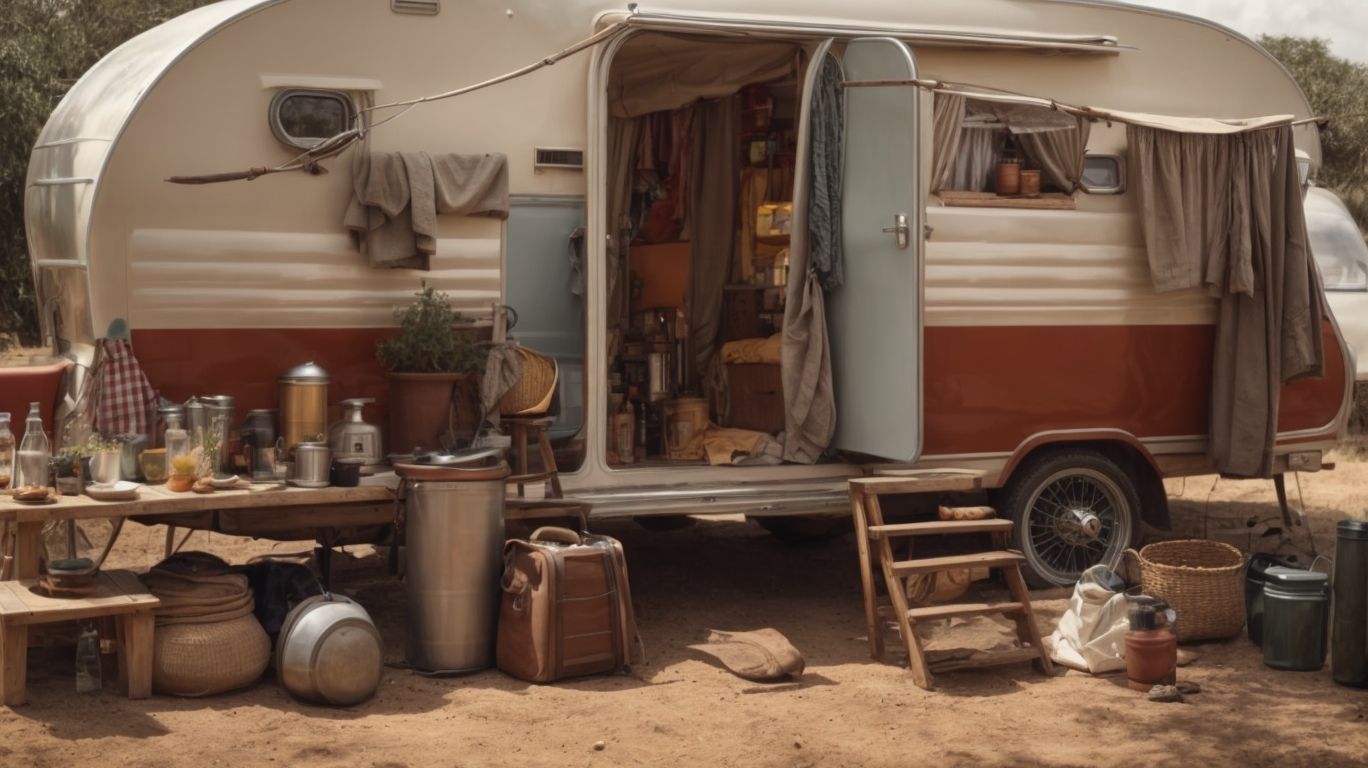
Credits: Motorcaravanning.Com – Adam Harris
Determining the MRO of your caravan involves calculating the base weight, adding essential items, and referring to manufacturer specifications for accurate weight details.
Start by identifying the base weight of your caravan, which typically includes the chassis, body, windows, and doors.
Next, add the weight of essential items such as gas cylinders, water tanks, and spare wheels, ensuring all items are accounted for in your calculations.
Then, consult the manufacturer’s specifications to obtain precise weight information for additional accessories or optional equipment.





This detailed process ensures that the final MiRO calculation is as accurate as possible, allowing you to stay within safe weight limits when loading your caravan for your travels.
Frequently Asked Questions
What is MRO (Mass in Running Order) for caravans?
MRO stands for Mass in Running Order and it refers to the total weight of a caravan when it is ready for the road. This includes the weight of the caravan itself, plus any essential items such as water, gas, and basic equipment.
Why is understanding MRO important for caravan owners?
Understanding MRO is important for caravan owners because it helps them to know how much weight they can safely carry in their caravan. Overloading a caravan can lead to serious safety issues and even damage to the vehicle or trailer.
How is MRO calculated for caravans?
MRO is calculated by the manufacturer of the caravan and is based on the weight of the caravan when it is empty, plus the weight of any essential items such as gas bottles, water tanks, and battery. The actual weight may vary slightly depending on the caravan’s features and accessories.
Can the MRO of a caravan be altered?
No, the MRO of a caravan cannot be altered. It is a standard measurement set by the manufacturer and cannot be changed. However, it is important for caravan owners to keep track of the weight they add to their caravan to ensure it does not exceed the MRO limit.
What happens if my caravan exceeds the MRO limit?
If your caravan exceeds the MRO limit, it can put a strain on the vehicle or trailer and lead to safety issues on the road. It may also void your insurance coverage. It is important to always stay within the MRO limit to ensure the safety and proper functioning of your caravan.
How can I find out the MRO of my caravan?
The MRO of your caravan can usually be found in the owner’s manual or on a sticker located on the caravan itself. If you are unsure, you can contact the manufacturer or a qualified caravan technician for assistance. It is important to always know the MRO of your caravan before loading it for a trip.
